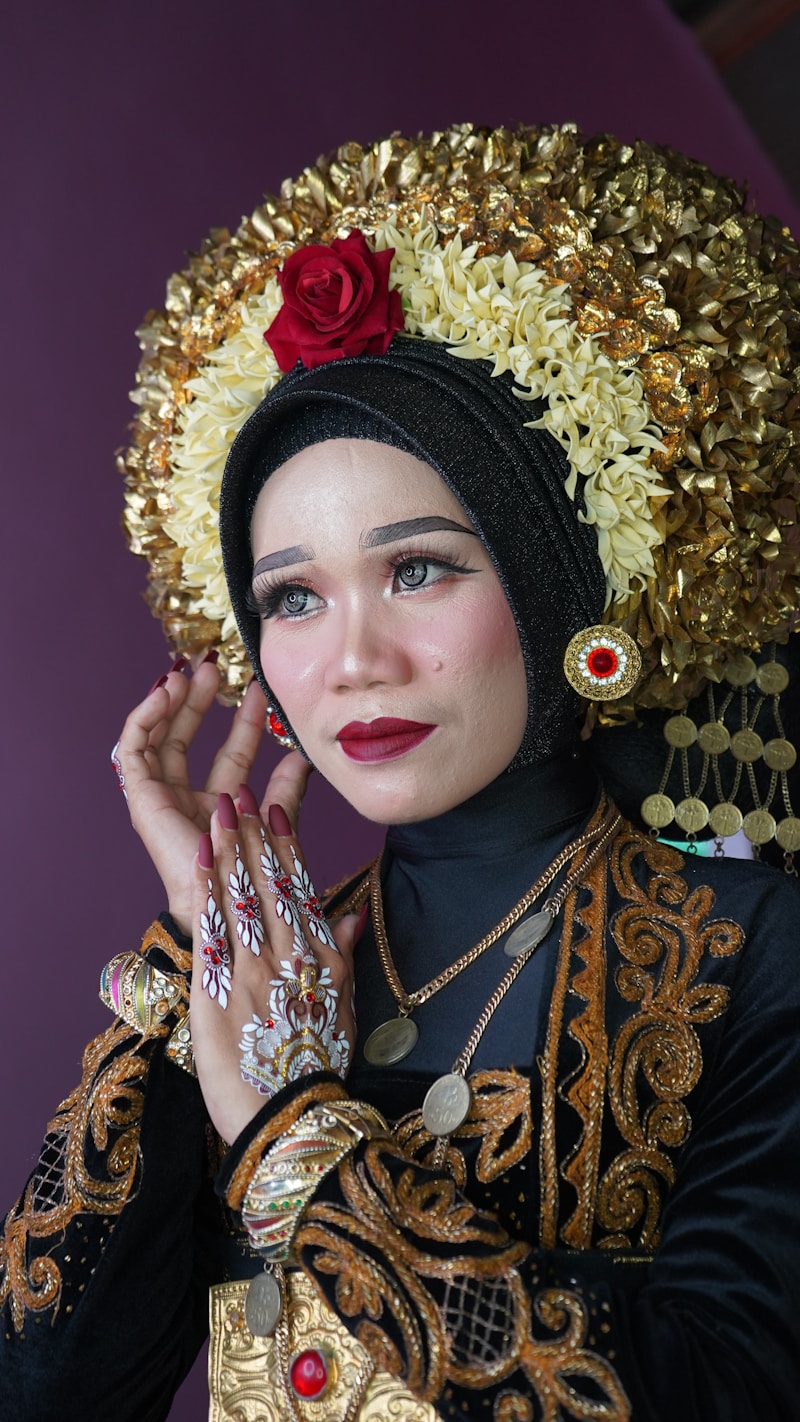Cultural Influences on Wedding Dress Choices: A Global Perspective
Weddings are a celebration of love and unity, but they also serve as a reflection of cultural heritage and traditions. One of the most striking elements of any wedding ceremony is the wedding dress. The choices brides make regarding their attire are often influenced by a variety of factors, including cultural norms, family traditions, and even religious beliefs. In this article, we delve into how different cultures influence wedding dress choices around the world, looking at notable examples and variations that highlight cultural significance.
The Importance of Cultural Context in Wedding Dress Choices
Wedding attire is more than just a fashion statement; it is a representation of identity, heritage, and personal beliefs. Different cultures have distinct styles and colors that play a crucial role in wedding celebrations. For example, in Western cultures, the white wedding dress is a symbol of purity and innocence, popularized by Queen Victoria in the 19th century. In contrast, many Asian cultures prioritize vibrant colors like red and gold, which signify happiness, luck, and prosperity.
Western Wedding Dress Traditions
In Western weddings, the choice of a wedding dress has evolved over the years. Traditionally, brides wore long, flowing dresses adorned with lace and embroidery. The modern Western bride may choose from a variety of styles, including:
| Style | Description |
| A-Line | This style flatters all body types, featuring a fitted bodice and flared skirt. |
| Mermaid | Fits closely to the body and flares out at the knee, emphasizing curves. |
| Ball Gown | An extravagant style with a fitted bodice and a voluminous skirt. |
| Bohemian | A relaxed and often minimalist style, perfect for intimate ceremonies. |
Cultural Variations in Wedding Dress Choices
When considering wedding dresses, it is essential to recognize the cultural variations that exist. Here are a few notable examples:
1. Chinese Bridal Attire
In Chinese culture, the traditional wedding dress is known as the "Qipao" or "Cheongsam," which is typically embroidered with phoenix and dragon motifs. Red is the predominant color as it symbolizes good fortune and joy. Modern Chinese brides may also choose white gowns, reflecting Western influences.
2. Indian Wedding Saris
In India, bridal clothing typically consists of ornate sarees or lehengas made from richly decorated fabric in vibrant hues, with red being the most popular choice. Brides often wear intricate gold jewelry and adorn their hands with henna designs, adding to the grandeur of the celebration.
3. Middle Eastern Wedding Garments
Middle Eastern brides often wear a "Kaftan," a luxurious gown that can be heavily embroidered with beads and sequins. The colors can vary widely, and gold and silver embellishments are common. Traditional attire emphasizes modesty and elegance.
4. Scandinavian Simplicity
Scandinavian countries favor a more minimalist approach. Wedding dresses often feature clean lines, simple fabrics, and a focus on sustainability. Brides may choose a dress that reflects natural materials and designs, embodying their values of simplicity and environmental consciousness.

Contemporary Influences on Wedding Dress Choices
Today, cultural influences on wedding dresses extend beyond traditional norms. Brides increasingly seek to incorporate their personal tastes and modern trends into their attire. Factors such as globalization and social media have contributed to this evolution. Here are some contemporary influences:
1. Global Trends
The rise of global fashion trends has given birth to eclectic styles that incorporate elements from various cultures. For instance, lace from European traditions, embroidery from Indian saris, and the color palette of Chinese dresses can be fused into a single design, creating a unique and personalized wedding dress.
2. Sustainable Fashion
Many modern brides are also conscious of their ecological footprint, favoring eco-friendly fabrics and sustainable manufacturing practices. This trend has led to the rise of brands that offer wedding dresses made from organic materials or vintage fabrics.
3. Inclusivity and Diversity
As society becomes more inclusive, bridal shops are adapting by offering a wider variety of sizes, styles, and colors. This inclusivity allows brides of all backgrounds to find a dress that resonates with their identity, culture, and personal beliefs.
Challenges in Wedding Dress Shopping
While the diversity of wedding dress options is enriching, it can also lead to a few challenges:
- Overwhelming Choices: With so many styles and influences, some brides may feel overwhelmed when selecting their wedding dress.
- Cultural Appropriation: Understanding the cultural significance of certain styles is essential to avoid misappropriating someone else's heritage.
- Budget Constraints: While many brides dream of luxurious gowns, budget constraints can limit options, making it necessary to compromise on certain elements.
Conclusion: Embracing Cultural Influences in Wedding Dress Choices
Wedding dress choices are deeply influenced by cultural factors, reflecting the rich tapestry of traditions and personal identities. From the simplicity of Scandinavian designs to the elaborate adornments found in Indian weddings, each culture tells a unique story through its bridal attire. As modern influences and global trends continue to shape the fashion landscape, brides are encouraged to embrace their cultural heritage while exploring contemporary styles that resonate with their individuality. Remember, the most important aspect of choosing a wedding dress is that it should feel authentic to the bride. Whether it's a traditional gown that honors family legacy or a modern dress that reflects personal style, the right choice will always celebrate love, unity, and the beauty of diversity.
Ultimately, when selecting a wedding dress, consider not only the aesthetics but also the cultural significance behind it. Embrace the opportunity to blend traditions with modern trends, create a look that tells your unique love story, and cherish the moment you walk down the aisle in a dress that is truly yours.